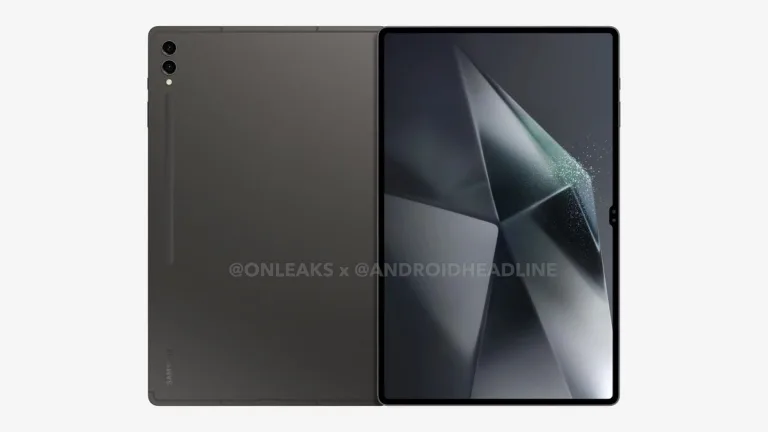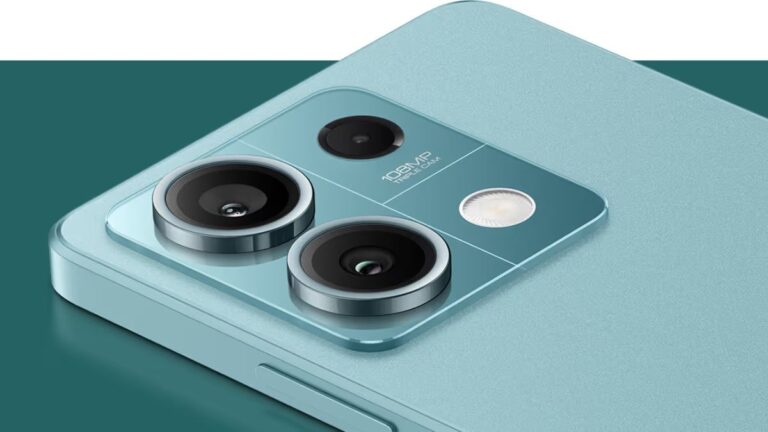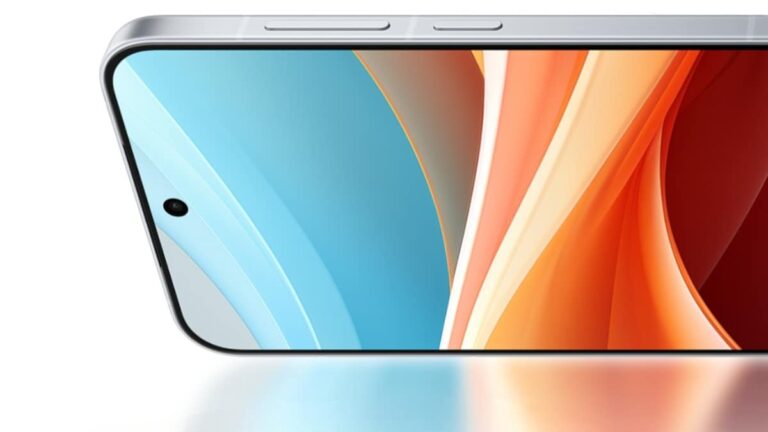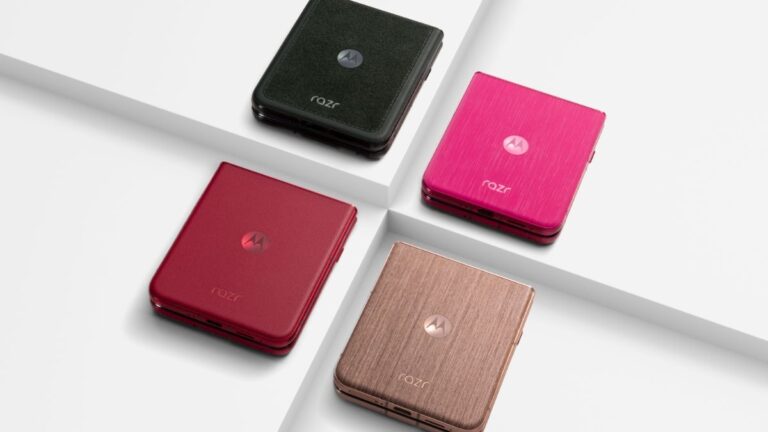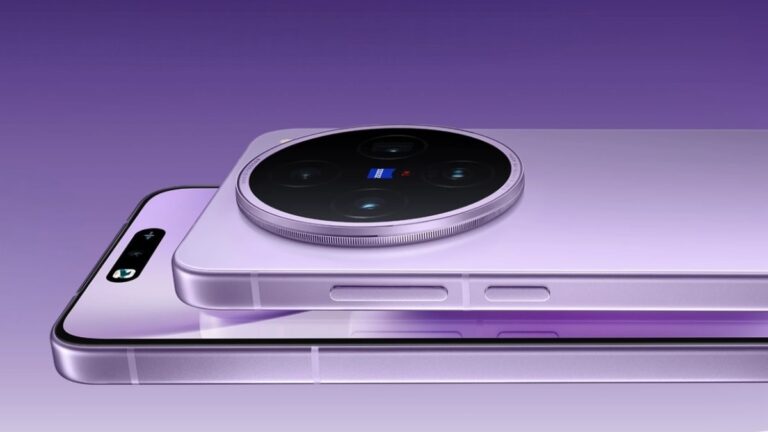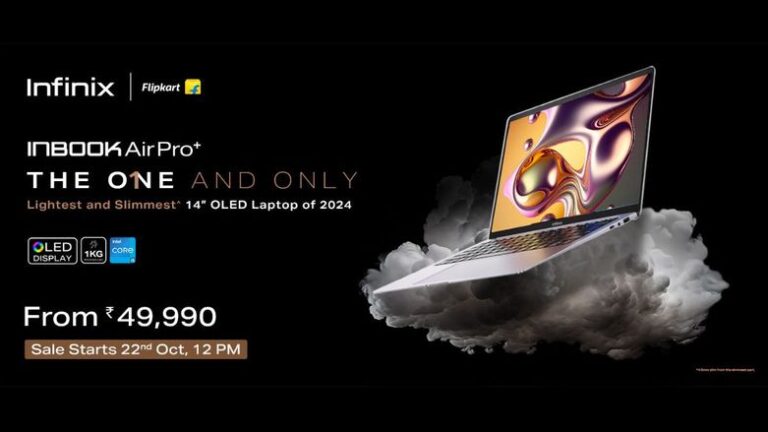what this LCD to OLED transition means | Tech Tips
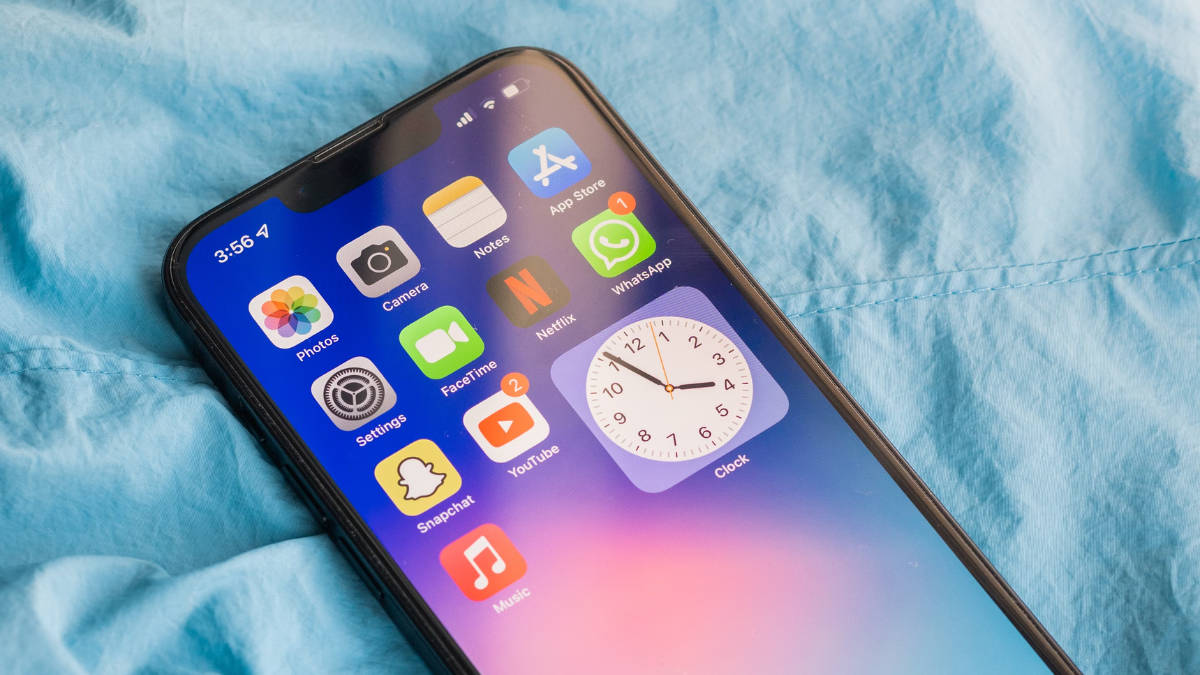
The upcoming iPhone SE is expected to be a more special edition with an OLED display and several other upgrades. The iPhone SE 4 with an OLED screen has been a rumour for some time but this time it is being corroborated by a reliable report, citing movements in Apple’s supply chain. Let’s forage the iPhone SE OLED details and explain why this transition should matter to you.
iPhone SE OLED in 2025
As per Nikkei Asia, Apple’s ending business with Japanese LCD panel suppliers, Japan Display (JDI) and Sharp. The iPhone maker is now partnering with China’s BOE and South Korea’s LG Display for OLEDs.
A recent rumour was that the iPhone SE 4 will use an iPhone 13 OLED panel (Super Retina XDR OLED), which happens to be sourced from the above two suppliers (besides Samsung Display).

So, with the iPhone SE’s adoption, the entire modern iPhone lineup will have an OLED display. Here’s what Apple’s LCD to OLED transition means to the user:
iPhone SE OLED benefits
Each pixel in an OLED display is made of self-illuminating organic material. So, no need for a backlight like an LCD panel. Each pixel can emit light once an electric current is passed through it. This mitigates discrepancies in the movement of light and associated artefacts.
Rather, you get pitch-black blacks (since individual pixels can be turned off), improved contrasts (dynamic range), vivid colours, better-viewing angles, and faster response times. Their main drawbacks against LCD panels are that sometimes they may suffer from burn-in issues (organic pixels damaged) and can be costlier too.
But, the burn-in damage is not that often and Apple is known to offer software fixes for that. As for pricing, the rumoured $500 sticker on the box is more than the $429 price tag of the iPhone SE 3 (2022). But it’s been some years since that model and there are rumours of other upgrades too. In time, we will know if they warrant the price hike. Let’s see.

